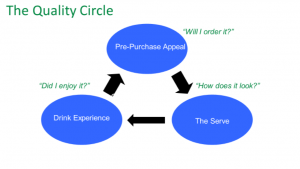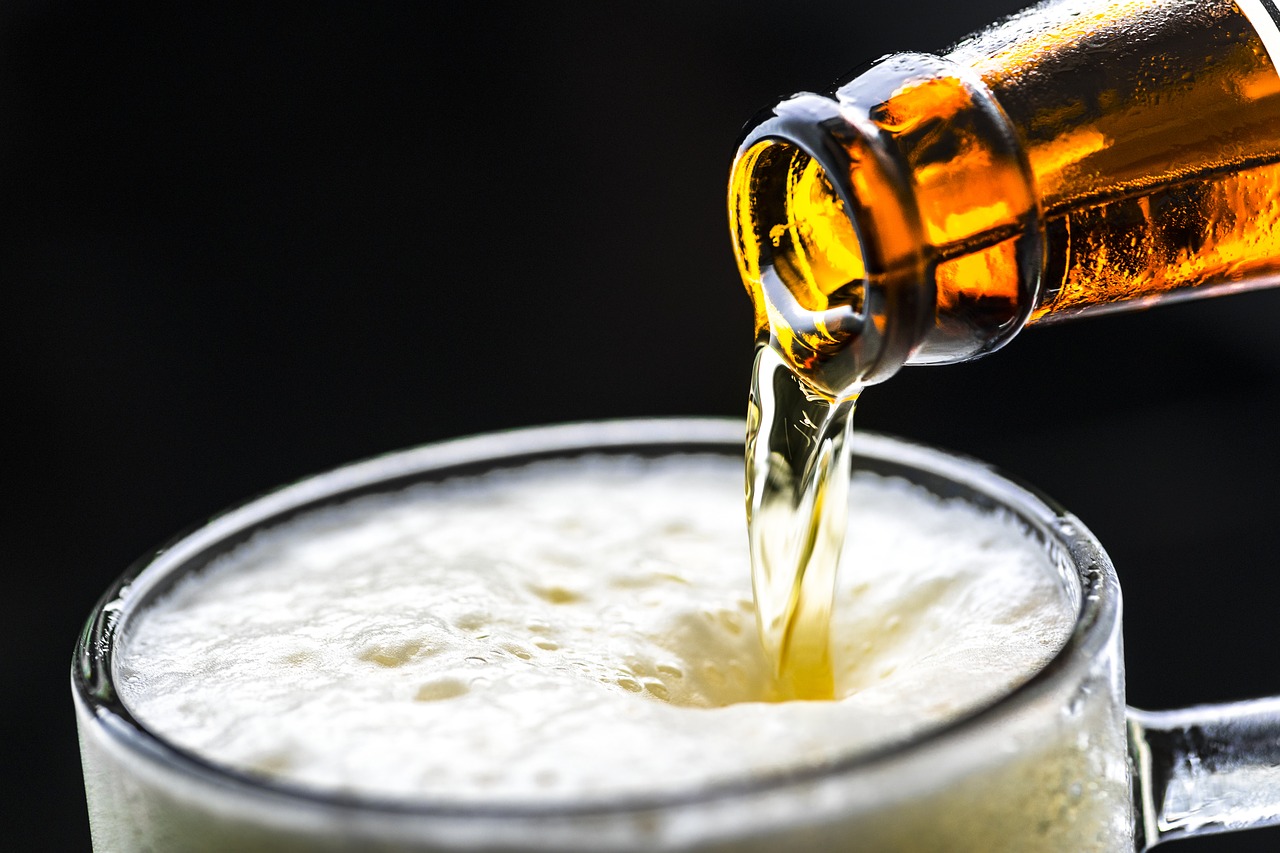Allan Stevenson, draught quality training manager and international draught master at Heineken, chats to On-Trade Progress about the Quality Cycle.
I had my first pint of Skol Lager in 1985 and was intrigued why my favourite beer tasted different from pub to pub. When I joined the industry in 2002 I made it my mission to get to the bottom of that. What I found out was the consumers look for two different things and go into pubs accordingly. They look for the following:
- An emotional benefit; how it makes them feel. This focuses on service and product, with price not being a factor.
- A rational benefit; how much will it cost? Especially if service and quality are poor.
I then came up with the Quality Cycle. If everything below is fantastic then the rational benefit will not be a factor but if the quality is poor, then consumers vote with their feet and leave the pub.
The Quality Cycle focuses on three distinct areas:
- Pre-purchase appeal –
- It starts from the outside. All consumers buy with their eyes therefore the curb side appeal of a bar is paramount to drive people through the doors. What drags them in to a pub? The outside needs to be inviting and clean.
- Once inside what does the interior look and feel like? (Are the tables clean and free from empties?)
- At the bar, does the consumer get a welcome? Either a verbal or non-verbal acknowledgement.
- The serve – The attitude of the bartender; how do they hold the glass? Is it a clean branded glass, pouring technique?
- Drink experience – Does the beer or cider look visually appetising? What does the first mouthful feel like?
If all the above is good, the drinker will go around the cycle looking for the same experience. If any part of their experience is negative, they will have a tendency to leave and go elsewhere.




